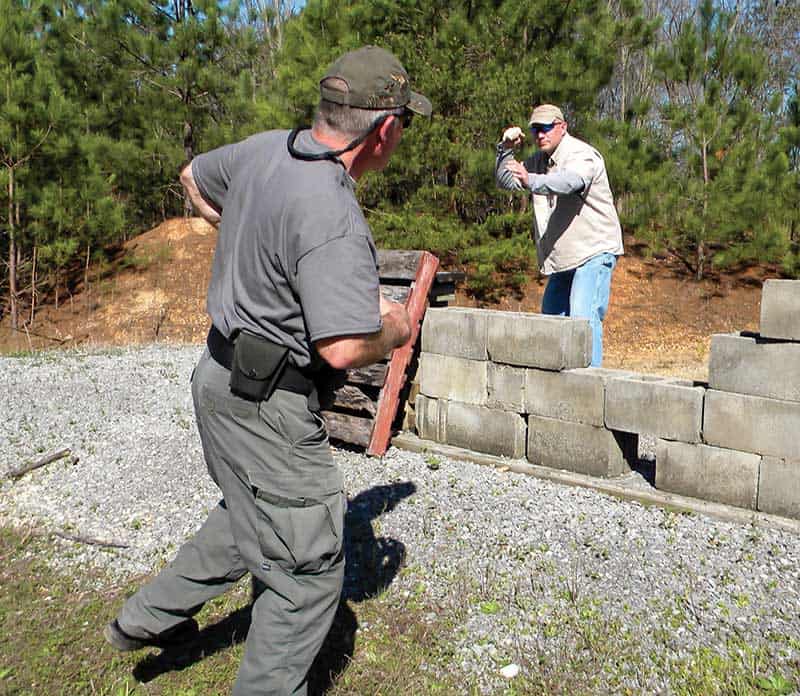Hunting Eyes
We have “hunter” eyes. Our ocular cavities are in the front of the skull. This binocular vision allows us to see in three dimensions, accurately judging distance and depth. However, we have limited peripheral vision (as opposed to plant eaters with eyes on the side of the head) and a big blind spot at the rear. You have to twist your head to see what’s going on around you. So, how does this factor into your defensive strategies?
The best response to danger is avoidance and escape, ideally before bad stuff starts. Doing this requires staying aware of your environment. Being visually oriented creatures, 90% or more of what we “know” is acquired through our eyes. You have to constantly watch the people around you. At the same time you must keep track of the last known safe space, additional exits and objects that can be used for cover or protection. Staying “plugged in” is all about keeping your eyes up and watching the world around you.
Some attacks begin suddenly, offering no chance to avoid and escape. Solving this problem requires your pistol. “Eyes up,” becomes even more important. Don’t lose visual contact with the threat unless something more important appears or you get to a safe area. You can only deal with one problem at a time.
When drawing the pistol keep your eyes on the threat. As you present the pistol keep your eyes on target and bring the sights up to the eyes to acquire a sight picture. This is much more efficient than dropping the head and eyes down at the same time you’re bringing the sights up. Keep both eyes open — remember, binocular vision — and shift your visual focus to the front sight while pressing off the hits.







